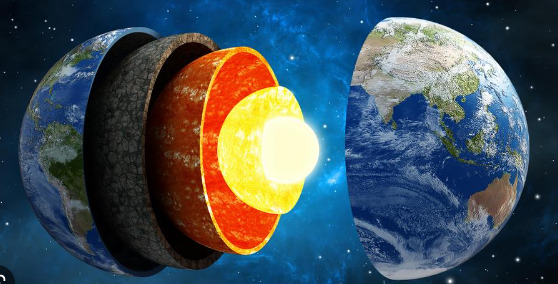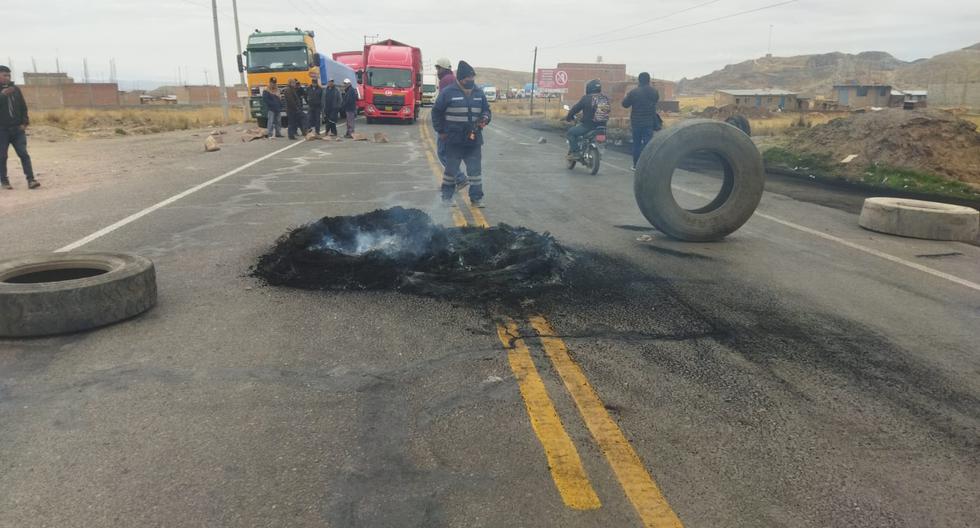Earth’s core has slowed down and may be spinning in the opposite direction to the planet’s surface, potentially causing days to shorten by fractions of a second and influencing climate and sea level, according to a study published today in nature geoscience.
The Earth’s core is a sphere of almost pure iron more than 5,000 kilometers deep that is hotter than the Sun.
This solid globe, about 1,200 kilometers in diameter, spins freely in a sea of molten iron and other metals, known as its outer core. As it rotates, it generates the Earth’s magnetic field, which protects it from space radiation and allows life to exist on its surface.
The two authors of this work are Yi Yang and Xiaodong Song, researchers at the Institute of Theoretical and Applied Geophysics of Peking University, in China.
It is difficult to access the depths of the earth, which is why it is common to analyze earthquakes because the variation of seismic waves as they pass through the planet reveals the internal composition of the nucleus and its speed of rotation, the study is certain.
For this reason, Yi Yang and Xiaodong Song, to obtain the results of the investigation, analyzed almost 200 earthquakes in the South Sandwich Islands, a remote archipelago in the Atlantic near the South Pole, between the 1960s and the present.
Rotation
They found that since about 2009, trajectories that previously showed significant temporal variation have seen little change, suggesting that the rotation of this layer has slowed markedly.
Specifically, in relation to the rotation of the Earth’s crust or surface, the inner core went from spinning faster to spinning at the same speed (as if it stopped) and then slowed down.
However, from the perspective of the seismic stations on the surface, this change is perceived as a reversal of the rotation of the inner core: it now appears to rotate in the opposite direction. That is, to the west.
According to Yang and Song, the data provide evidence of the existence of dynamic and changing interactions between the various layers of the Earth, from the core to the crust, which would be related to gravitational coupling and the change in angular momentum of the planet.
Because of this phenomenon, scientists concluded that the days are getting shorter (today they last one thousandth of a second less than 50 years ago) and this could be due, at least in part, to the variation in the movement of the nucleus.
















